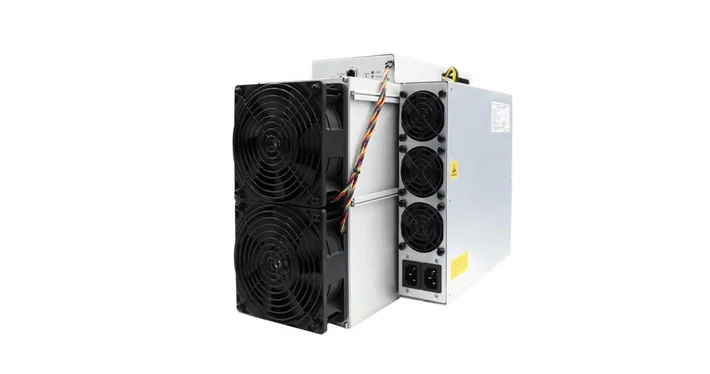Get a clear understanding of what is hash rate and its importance in the cryptocurrency industry.
One important term for cryptocurrency miners is hash rate. In this article, we’ll dive into what hash rate is, why it’s important in cryptocurrency mining, the factors that affect it, and some real-world examples.
What is Hash Rate – Definition
In simple terms, hash rate is the computational power required to solve a complex mathematical equation called a hash function. This hash function is a one-way encryption algorithm used in verifying transactions and blocks in the blockchain.
The more computational power, or hash rate, a miner has, the more likely they are to solve the equation and add a block to the blockchain.
Hash rate is measured in hashes per second (H/s) and is calculated by the number of hashes the miner can perform in one second. The higher the hash rate, the more blocks a miner can add to the blockchain, and the more rewards they can earn.

Why is Hash Rate Important in Crypto Mining?
Hash rate is a critical factor in cryptocurrency mining because it determines the miner’s chances of earning rewards. The higher the hash rate, the more likely a miner is to solve the mathematical equation required to add a new block to the blockchain, which results in a reward. Conversely, a lower hash rate reduces a miner’s chances of earning rewards.
Hash rate also affects mining difficulty, which adjusts every 2016 blocks with Bitcoin. If the average time it takes to mine a block is less than ten minutes, the difficulty level increases, making it more challenging to mine the next block. This difficulty adjustment ensures that the mining process remains fair and consistent.
Factors Affecting Hash Rate
Several factors can affect hash rate, including hardware specifications, mining software, network difficulty, and other environmental factors.
Hardware specifications of mining equipment can significantly impact hash rate. Miners use specialized equipment, such as Application-Specific Integrated Circuit (ASIC) miners, to solve the mathematical equation required to add a new block to the blockchain. The faster and more powerful the ASIC miner, the higher the hash rate, and the more likely a miner is to earn rewards.
Mining software and configuration can also impact hash rate. Miners use mining software to control their hardware and optimize their mining setup. The right software and configuration can significantly increase hash rate and improve mining efficiency.
Network difficulty is another factor that can impact hash rate. As the number of miners in the network increases, the difficulty level also increases, making it harder to mine new blocks. This increased difficulty can lead to a decrease in hash rate and lower mining profitability.
Real-World Examples of Hash Rate
Different cryptocurrencies have varying hash rates, and some have seen significant increases in hash rate over time. For example, Bitcoin’s hash rate has increased exponentially since its inception, from around 50 hashes per second in 2009 to over 400 exahashes per second (EH/s) in 2021 (more than 400,000,000,000,000,000,000 hashes per second).
Other cryptocurrencies like Litecoin and Bitcoin Cash also have significant hash rates.
Conclusion
Hash rate is a critical factor in cryptocurrency mining, and understanding how it works is essential for anyone interested in investing in cryptocurrencies or mining them. Factors like hardware specifications, mining software, and network difficulty can significantly impact hash rate and mining profitability.